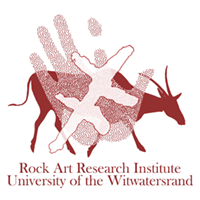
A good example of a rock art site that is open to the public is the Wildebeest Kuil Rock Art Centre. Only 15 minutes outside of Kimberley in the Northern Cape Province, Wildebeest Kuil is one of the finest rock engravings sites open to the public in South Africa.
The site has more than 600 San rock engravings. Many of the engravings are thousands of years old. San engravers concentrated their work on the small hill at Wildebeest Kuil because, to them, the site was a place of particular spiritual power. This was a place where the spirit world was especially close and where, using their ancient rituals like the ‘great dance’ (the trance or healing dance), powerful healers could enter the spirit world. Once in the spirit world they might seek out the rain animal in its watery hideout.
The rain animal was then either cut and its blood or milk would fall across the landscape as rain. Alternatively, if someone in the group was sick, healers would travel to the spirit world and battle the spirits of the dead that were likely causing the sickness. The spirits of animals might also be dealt with so as to make those animals behave in such a way that made them easier for San hunters to capture. Wildebeest Kuil seems to have been a rain place in particular.
Many of the engravings are of rhino, an animal that rock art researchers have shown to evoke the San rain animal. Near to the hill are a series of Kuils (ponds of water) that, even today, hold water longer than any other for miles around. This is still the rain’s place. Today the site is owned by the !Xun and the Khwe, two Khoe-San communities for whom the site is an important source of income and employment. A proud and sacred past is playing a key role in these peoples’ future.

